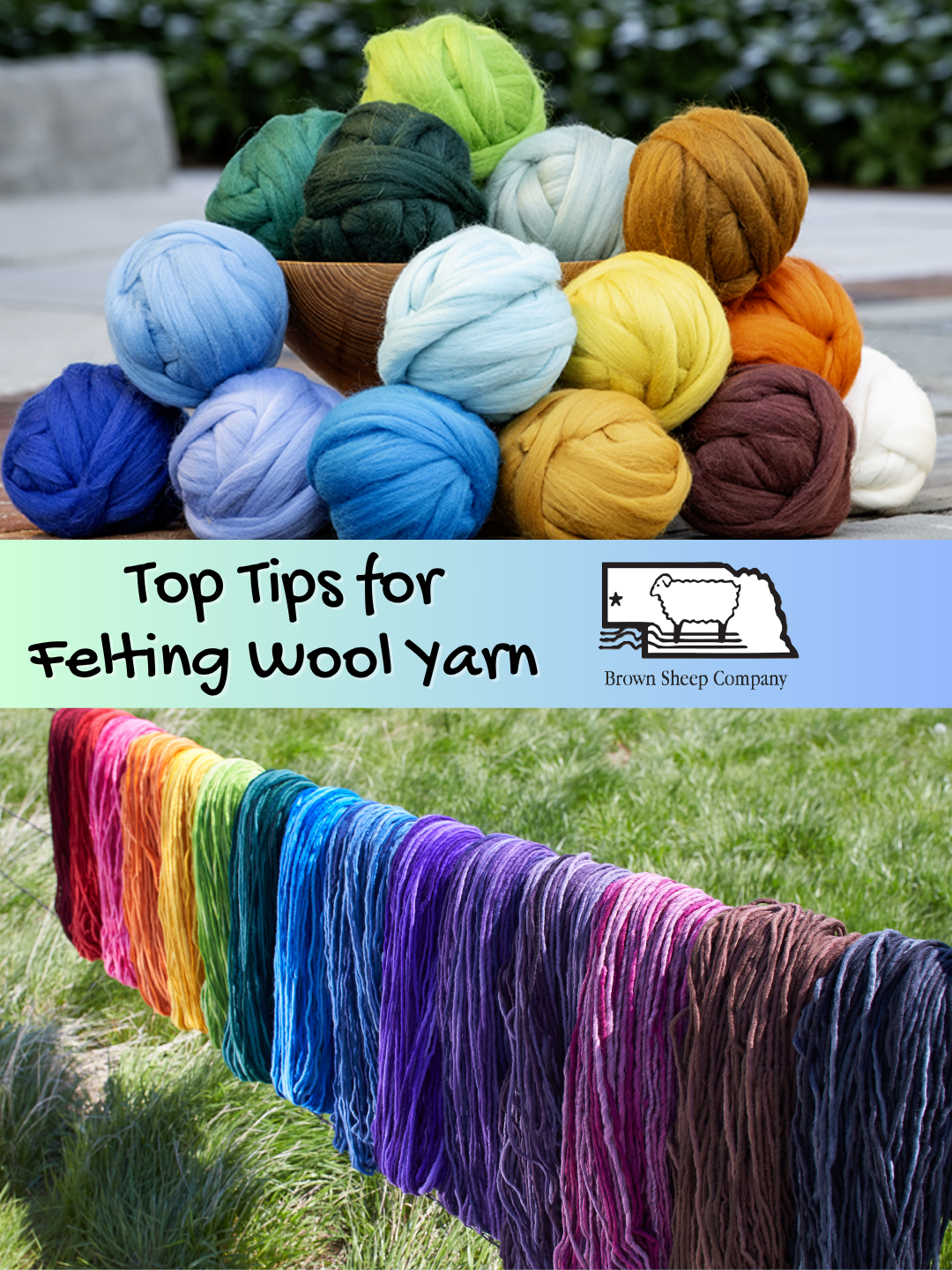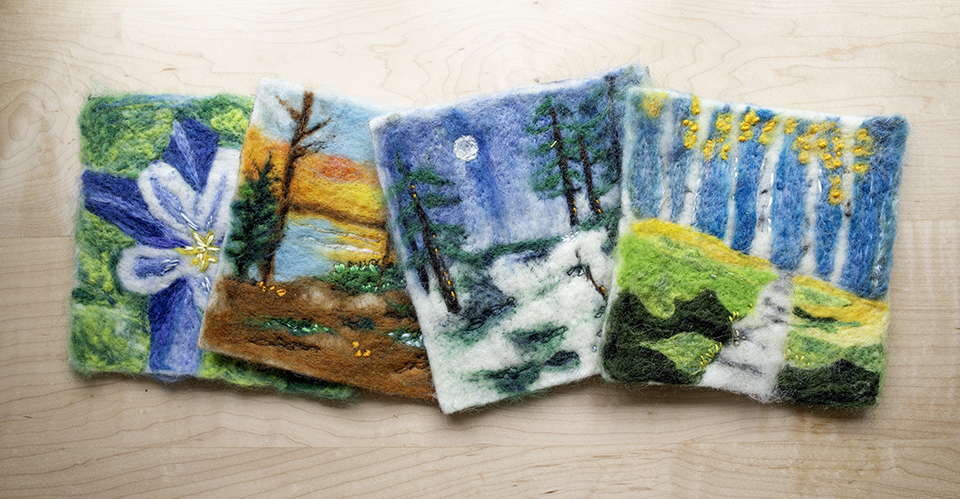Top Tips for Felting Wool Yarn

With cool weather finally settling in, it’s time to share our top tips for felting wool yarn!
Brown Sheep Company prides itself on offering a variety of pure wool and natural fiber yarns, which are perfect for felting. From everyone’s favorite, Lamb’s Pride, with its squishy mixture of 85% wool and 15% mohair, to relative newcomers like Harborside Aran, containing a mixture of Columbian and Rambouillet sheep fibers from the U.S., Brown Sheep Yarns are great for the warmest, cushiest knits—and felted wool accessories. 100% wool yarns like Prairie Spun, Burly Spun, Nature Spun, and Lanaloft are also great for felted wool knits. You really can’t go wrong with Brown Sheep Company if you want to felt something wooly and warm!

We’ve talked about wool felting before in previous posts. Our Holiday Felted Basket Tutorial offers basic step-by-step instructions for felting a cute colorwork basket in the washing machine. Posts like All-Time Favorite Projects to Felt, 9 Felted Holiday Projects, and More Felted Holiday Projects include free patterns to inspire knitters to felt something fun during the winter season.
If needle felting is more your style, definitely read about our new Dyed Wool Roving, which spotlights our natural wool roving, now available in a palette of 24 gorgeous colors (some shown above).
We have Needle Felting Kits that take the guesswork out of needle felting and include everything you need to get started: a felt base, dyed wool fiber, needles, embroidery floss, and step-by-step instructions.
Before you dive into felting, let’s talk about our top tips for felting wool yarn!
Fiber Choice Matters
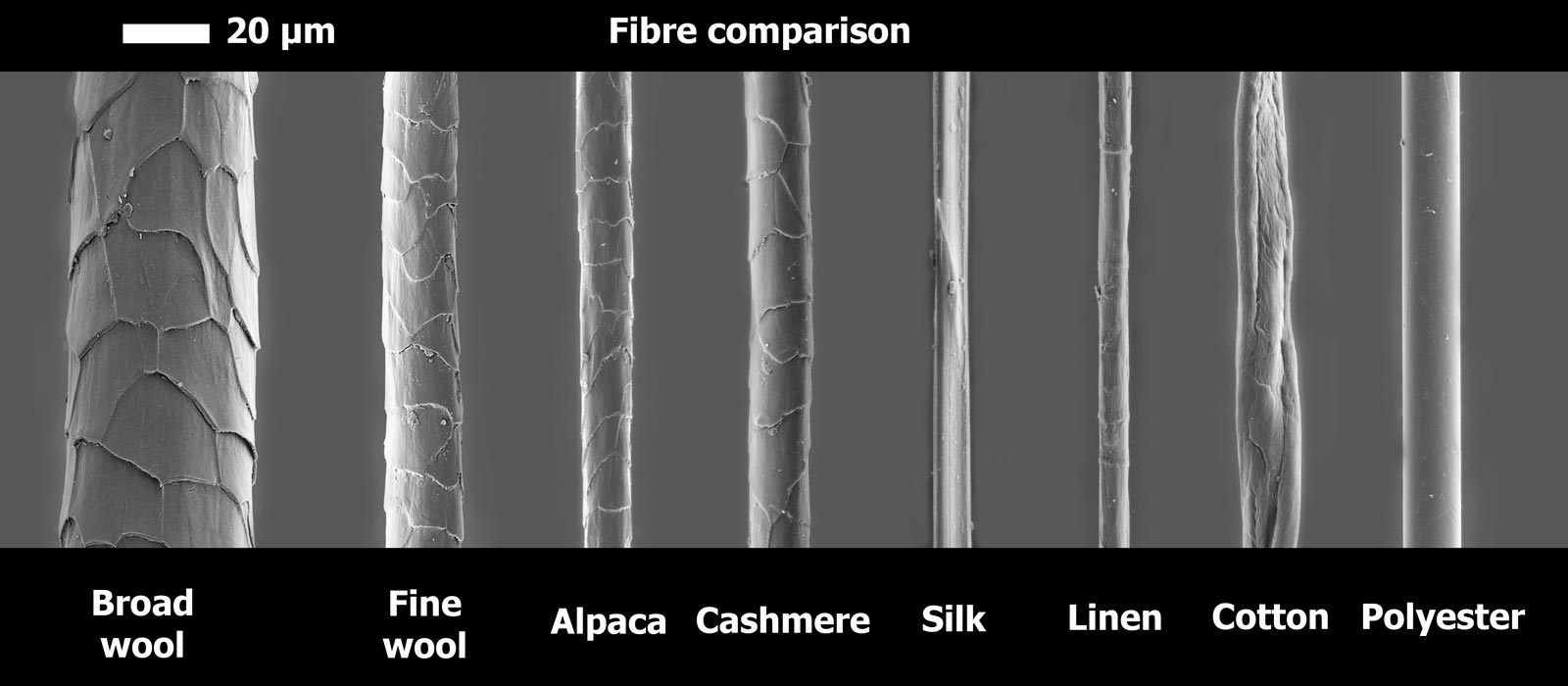
This one might seem like a no-brainer, but fiber choice matters with felting. This post is called “felting with wool” for a reason. Wool felts beautifully, and well. When viewed under a microscope, wool fiber has tiny scales. These scales will lie fairly flat, but when we agitate those scales—with water, friction, soap, and heat—they rise and tangle together, creating a solid, matted surface.
Natural fibers like cotton, silk, and bamboo lack scales, and so can’t felt like wool. Treated animal fiber like superwash wool won’t felt, because the wool has been chemically treated to force the scales to lie flat. Alpaca, cashmere, and mohair have scales, but they are thinner, so depending on the yarn, it may be much harder to felt with them.
Using 100% untreated wool or a yarn like Lamb’s Pride, which has a majority percentage of wool, will guarantee your project will felt well.
Hot Water is Best
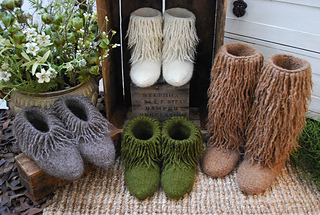
While wool will felt in cold water, hot water is best. Hot water opens up the scales on wool fibers much faster than cold water, and it allows them to lock together faster as well.
Add Additional Agitators to Your Felt Wash Cycle
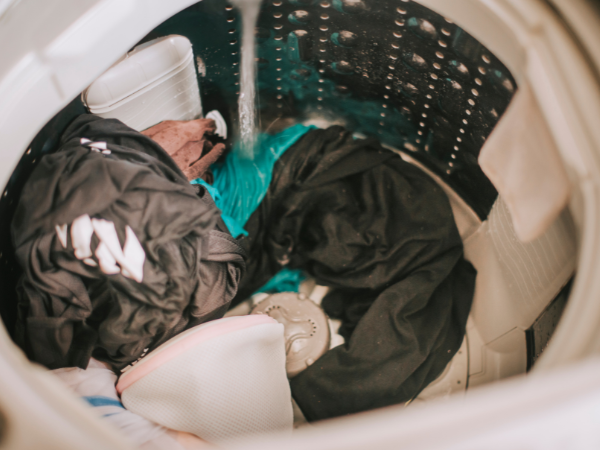
Felting will happen much faster if you add some additional articles to the washer. Throw in a few cotton towels with your knitted fabric to provide a little extra agitation and articles your knitting can rub against. Avoid another natural fiber so you don’t shrink or felt it to your knitting! Cotton towels or other cotton items that are safe to wash on hot water are your best option.
Check The Felting Process—And Don’t Be Afraid to Felt Again
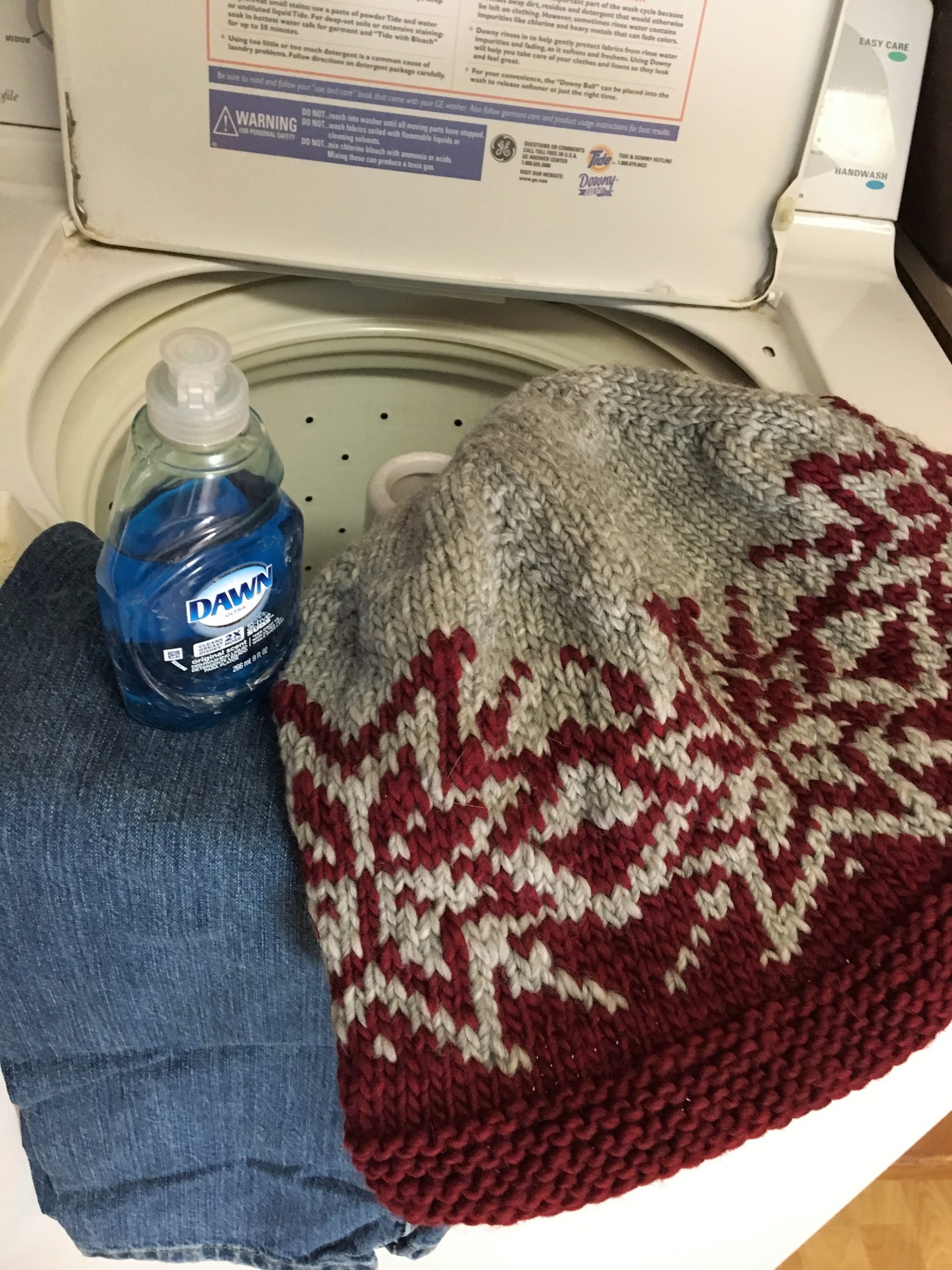
Your knit might not be totally felted the first time around. This is perfectly fine and normal. It may need to go through the washing and felting process a second time. A top-loading washer makes it easy to check on the felting process mid-cycle. It is a good practice in general to check the felting process if you only want the piece to shrink a certain amount, or if you want to retain the impression of a knitted fabric. As shown further below, the more felted your work, the more blended and muddled individual stitches become.
Start Small (Size Matters)
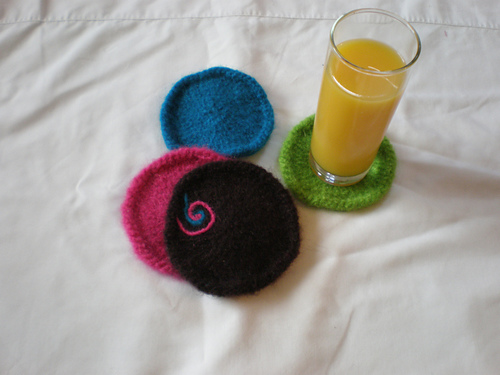
If it’s your first time wet felting wool, start with a small household accessory or ornament, where the finished size and fit doesn’t matter. A hot pad or coaster is a great option, like the Knitted Coasters shown above, worked in Lamb’s Pride Worsted.
Remember: wet felting involves heat, moisture and agitation. If you’ve ever shrunk a sweater in the wash before, you’ve felted something. Felting shrinks wool considerably.
A small coaster or ornament will also give you a good sense for your “felting gauge.” Take notes on your gauge pre-felting and post-felting so that you have a good understanding of the level of shrinkage before moving onto something larger and wearable, like mittens and booties. Not sure how to measure your gauge? Check out How to Knit a Gauge Swatch.
Experiment with Stitches (Simple May Be Best!)

The felting process obscures stitchwork. All that agitation creates a solid fabric, with stitches blending together. There’s nothing wrong with incorporating complex stitchwork like bobbles and cables, but be prepared for a flattening and blurring effect with the felting process. Garter and stockinette stitch tend to felt into a very smooth and even fabric, where you may not even be able to see the actual stitchwork anymore. The Colorful Felted Christmas Stockings in Lamb’s Pride Bulky (above) are a good example of this.
This is not to say you can’t or shouldn’t incorporate something like cables into your felting project. Just be prepared for a less pronounced cable that seems to almost melt into the fabric.
Lay Flat to Dry

You might think it’s wise to dry your felted item in the dryer. Or, that the dryer might help felt your item even further. While the additional heat can add to the felting process, it can also distort your felting. Drying the felted piece by laying it flat gives you the opportunity to manipulate your felted fiber. While it’s wet, it’s still a little malleable, so you can smooth down some edges or lightly stretch it to even out the shape.
We hope this helps knitters feel ready to start felting projects this winter! Do you have a favorite felting project? Let us know in the Brown Sheep Company Crafters group!
